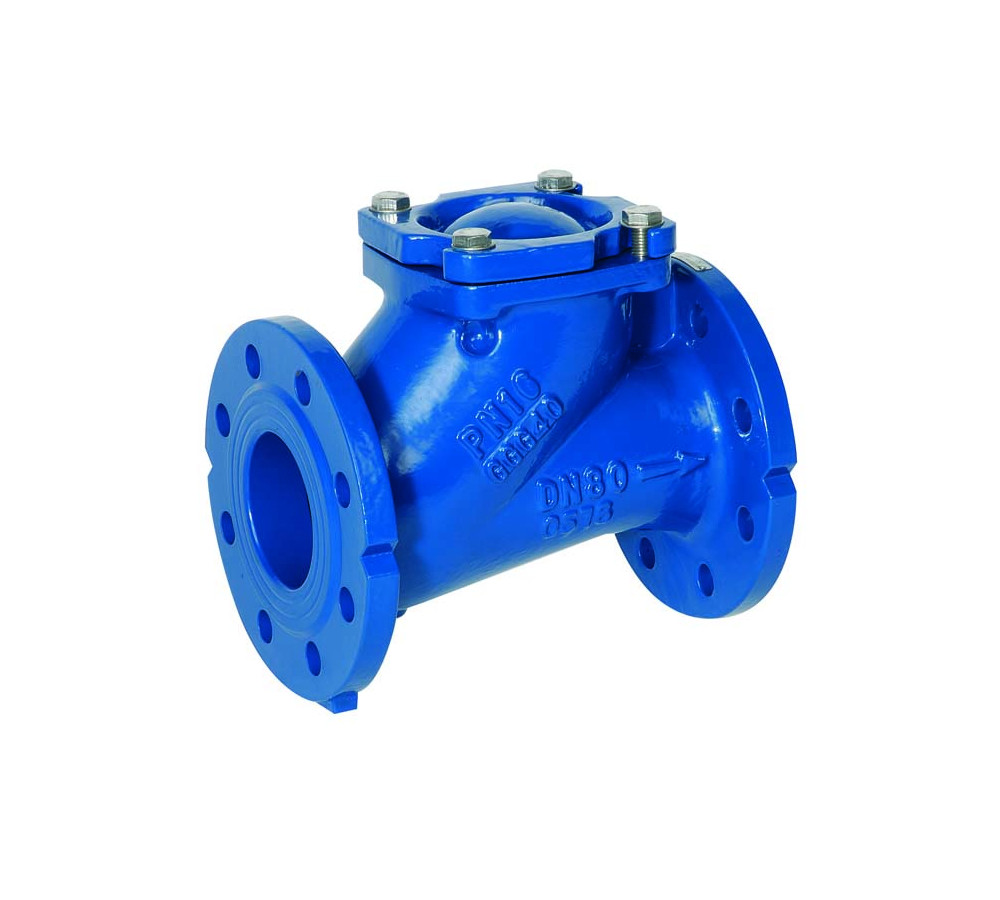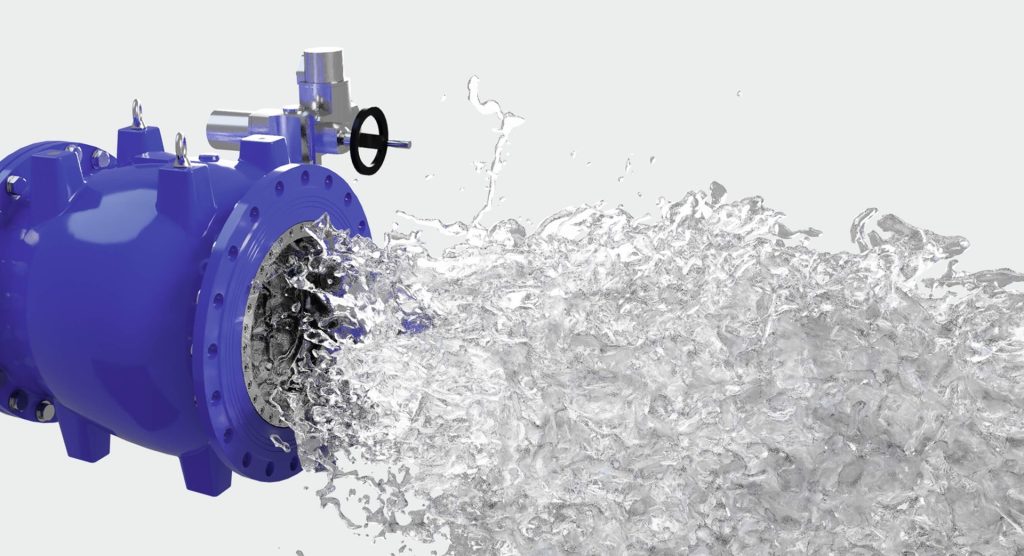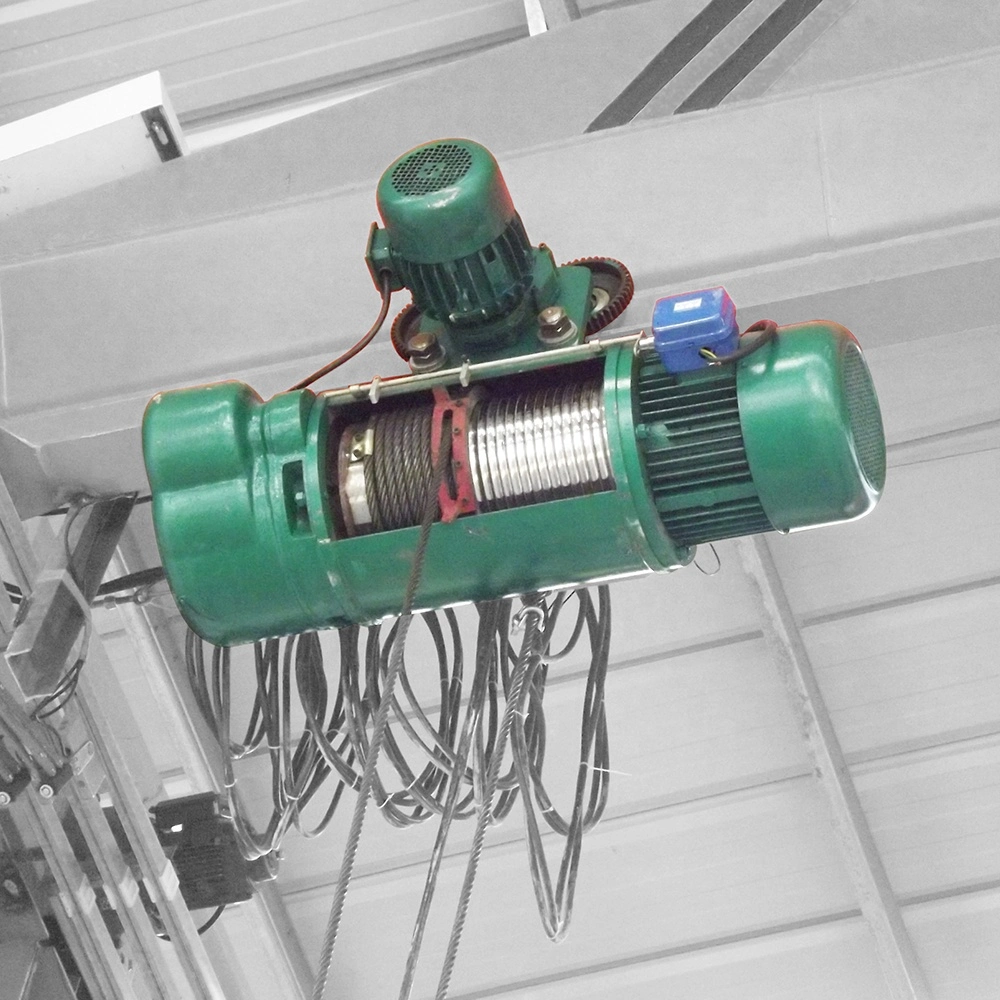Floating dock cubes have revolutionized waterfront projects with their incredible adaptability, offering a modular solution that caters to both residential and commercial needs. Whether you are developing a marina, setting up a private jetty, or planning an event platform on the water, these cubes provide unmatched ease of use and versatility. Their modular design allows for quick installation and disassembly, making them a go-to choice for temporary and permanent setups alike. One of the standout benefits of floating dock cubes is their ability to conform to various water conditions and shoreline types. Unlike traditional docks that may require extensive groundwork or permanent fixtures, floating cubes rise and fall with the water level. This adaptability is ideal for tidal areas, lakes with seasonal changes, or environments prone to flooding. The result is a safer and more stable platform that remains functional year-round.
Ease of customization is another major draw of floating dock cube systems. Users can design and reconfigure layouts to match their evolving needs without the help of heavy machinery. Whether you need a straight walkway, a T-shaped dock, or a large rectangular platform, these cubes can be assembled to fit your specific project. This makes them especially useful for temporary installations such as water sports competitions, floating stages, or boat exhibitions. Durability is a key factor in the growing popularity of floating dock cubes. Constructed from high-density polyethylene or similar materials, they are resistant to UV rays, corrosion, and impacts. This ensures a long lifespan with minimal maintenance, even in harsh marine environments. Their robust build can withstand exposure to saltwater, ice, and other challenging conditions, providing a reliable solution for waterfront infrastructure.
Safety is another area where floating dock cubes excel. Their non-slip surfaces and buoyant structure offer secure footing, reducing the risk of slips or tipping. Many systems include anchoring and rail options to further enhance user safety. This is particularly important for environments with high foot traffic or public access, such as community piers or recreational boat launches. Finally, the environmental impact of using floating dock cubes is relatively low compared to traditional construction methods. Since they do not require invasive piling or excavation, they preserve the natural integrity of the shoreline and aquatic habitats. Their modular nature also allows for relocation and reuse, promoting sustainability. With all these advantages, floating hisea dock cubes present a flexible, eco-friendly, and efficient solution for a wide range of waterfront applications.




